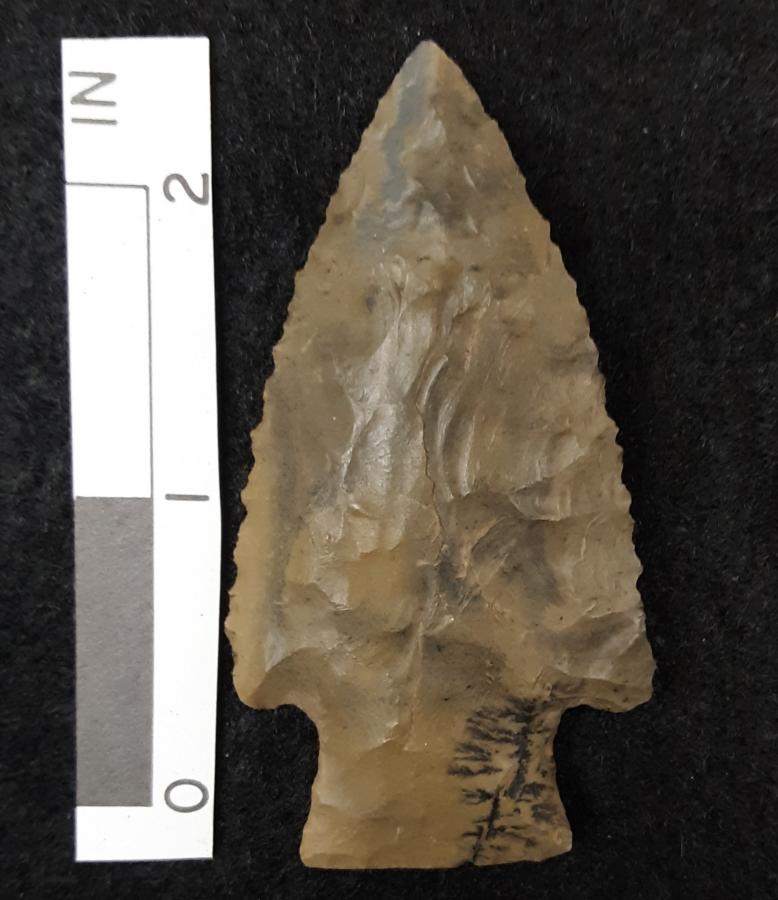Baily Chert,
Bailey Limestone underlies much of the deep part of the Illinois Basin and it has a maximum thickness of as much as 500 feet. It is 200-300 feet thick in the Illinois outcrop area, which extends from the south line of Jackson County to Olive Branch, Alexander County. It is exposed in high cliffs in the Mississippi River bluffs, especially in the Pine Hills area in Union County about 5 miles southeast of Grand Tower. Grassy Knob and Backbone chert are also from this formation.
Bailey is dominantly gray to greenish gray, silty, chert, thin-bedded, very hard limestone. Some beds are argillaceous. The chert is black to dark gray and occurs in bands of nodules and in beds, some of which are 1-2 feet thick. Beds of calcareous and silicified siltstone occur in places. In the northern area, bordering the Silurian reefs, the Bailey is less cherty and is greenish gray.
Examples of Baily chert from Southern. Illinois. It comes in various colors and from semi-grainy to glossy.


Examples/Images courtesy of grin000
Bailey Limestone underlies much of the deep part of the Illinois Basin and it has a maximum thickness of as much as 500 feet. It is 200-300 feet thick in the Illinois outcrop area, which extends from the south line of Jackson County to Olive Branch, Alexander County. It is exposed in high cliffs in the Mississippi River bluffs, especially in the Pine Hills area in Union County about 5 miles southeast of Grand Tower. Grassy Knob and Backbone chert are also from this formation.
Bailey is dominantly gray to greenish gray, silty, chert, thin-bedded, very hard limestone. Some beds are argillaceous. The chert is black to dark gray and occurs in bands of nodules and in beds, some of which are 1-2 feet thick. Beds of calcareous and silicified siltstone occur in places. In the northern area, bordering the Silurian reefs, the Bailey is less cherty and is greenish gray.
Examples of Baily chert from Southern. Illinois. It comes in various colors and from semi-grainy to glossy.
Examples/Images courtesy of grin000